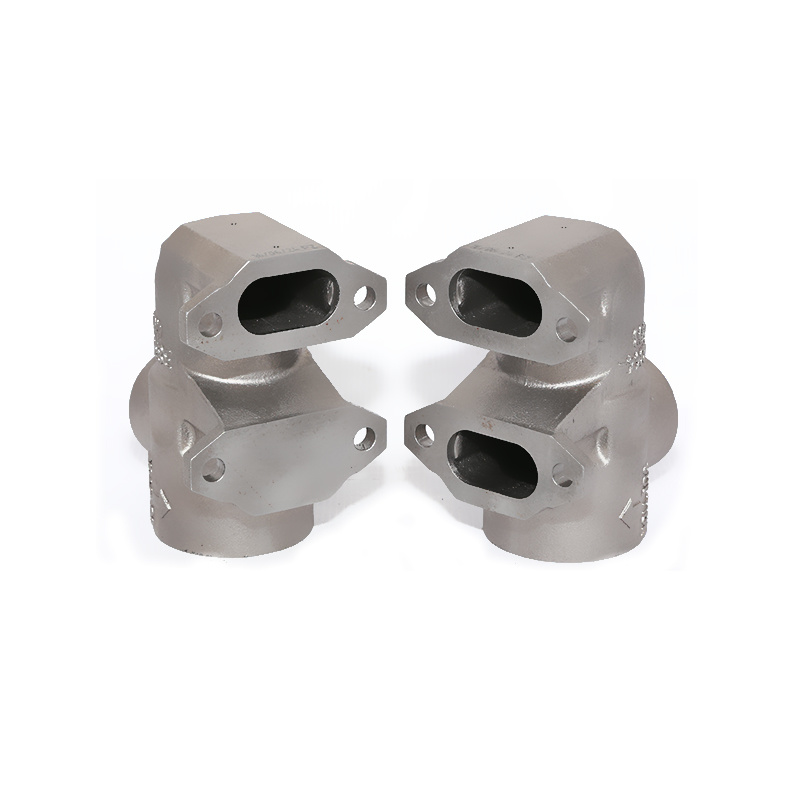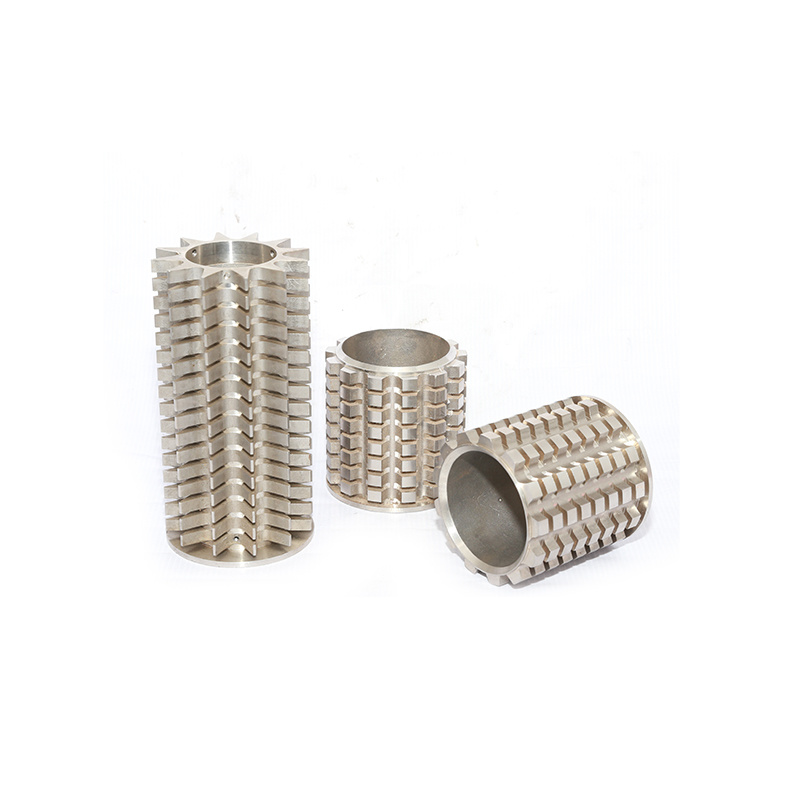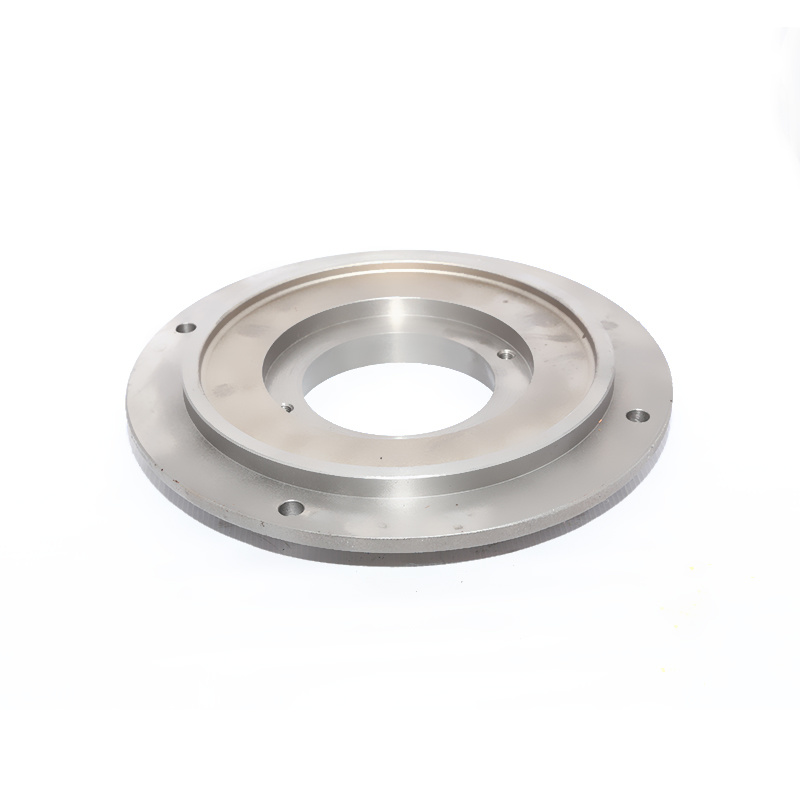Understanding Diaphragm Pumps: Key Insights for Industrial Applications
Aug 08,2025
Diaphragm pumps, a crucial component in the industrial equipment and components sector, are designed to transfer fluids using a flexible diaphragm. The operational mechanism involves a diaphragm that flexes back and forth, creating a vacuum that draws fluid into the pump chamber and subsequently expels it. This technology offers several advantages over traditional pumping methods, making diaphragm pumps a preferred choice for various applications.
One significant benefit of diaphragm pumps is their ability to handle a wide range of fluids, including corrosive, viscous, and abrasive materials. This versatility is primarily attributed to the construction materials available for diaphragms, which can be tailored to suit specific chemical compatibility requirements. Consequently, industries such as chemical processing, food and beverage, pharmaceuticals, and water treatment can leverage diaphragm pumps for efficient fluid transfer without risking contamination or damage.
Furthermore, diaphragm pumps operate with a dry running capability, meaning they can remain operational even when not submerged in the fluid they are moving. This feature is particularly advantageous in applications where the fluid may not always be consistently present, and it also helps prevent damage to the pump mechanism. This reliability translates to reduced downtime and maintenance costs, enhancing the overall operational efficiency of industrial processes.
Another critical aspect of diaphragm pumps is their self-priming ability, which allows them to draw fluid from a lower elevation without the need for additional equipment. This characteristic simplifies the installation process and provides flexibility in system design, enabling businesses to optimize space and resource allocation.
In addition to their operational benefits, diaphragm pumps are known for their excellent performance in achieving high flow rates while maintaining lower energy consumption. This efficiency not only reduces operational costs but also aligns with the growing emphasis on sustainability in industrial practices. By choosing diaphragm pumps, businesses can contribute to greener initiatives while still meeting production demands.
When considering the implementation of diaphragm pumps, it's essential to evaluate the specific requirements of your application, including the type of fluid being pumped, the desired flow rate, and the operational environment. Proper selection and maintenance are vital for maximizing the lifespan and effectiveness of these pumps.
In conclusion, diaphragm pumps represent a versatile and efficient solution for a wide range of industrial applications. Their unique operational characteristics and adaptability to various fluids make them a valuable asset in achieving operational excellence. By understanding the functionality and benefits of diaphragm pumps, businesses can make informed decisions that enhance productivity and ensure seamless fluid transfer within their processes.
Latest News





